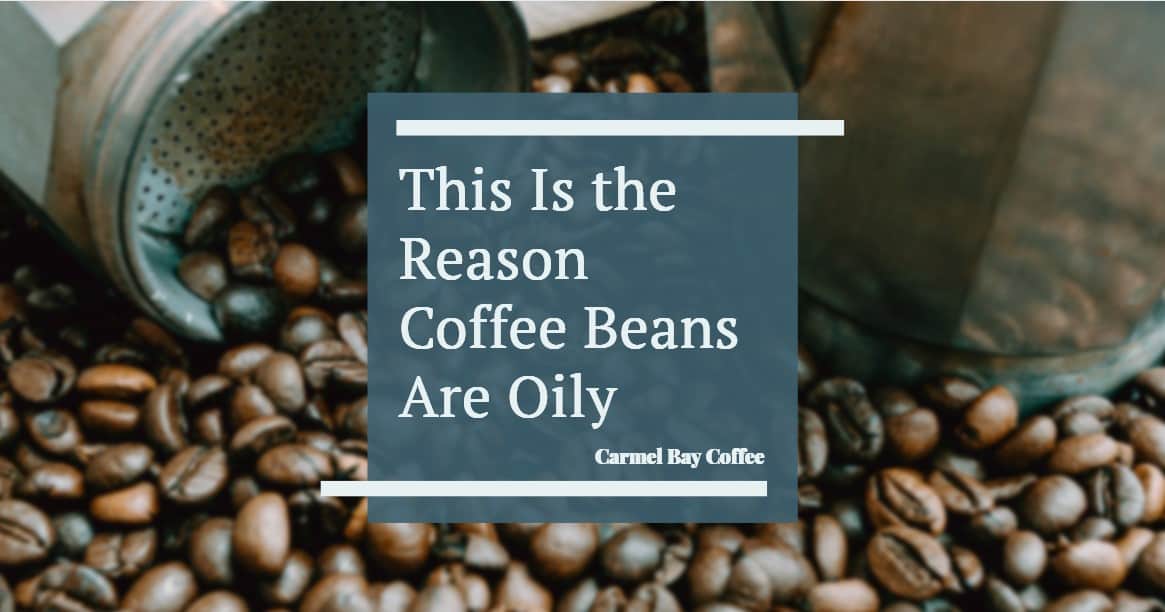Choosing the perfect coffee blend is easier than you might first think. Carefully blended coffee is how you get a consistently rich profile throughout the entire yield. It’s a way that businesses and manufacturers construct fantastically unique coffees.
Blending coffee beans is also doable at home, with some trial and error.
Diving right into it may appear overwhelming but manageable as long as you understand your preferences. Caffeine, acidity, and flavors can all be moderated by blending.
What is a Coffee Blend?
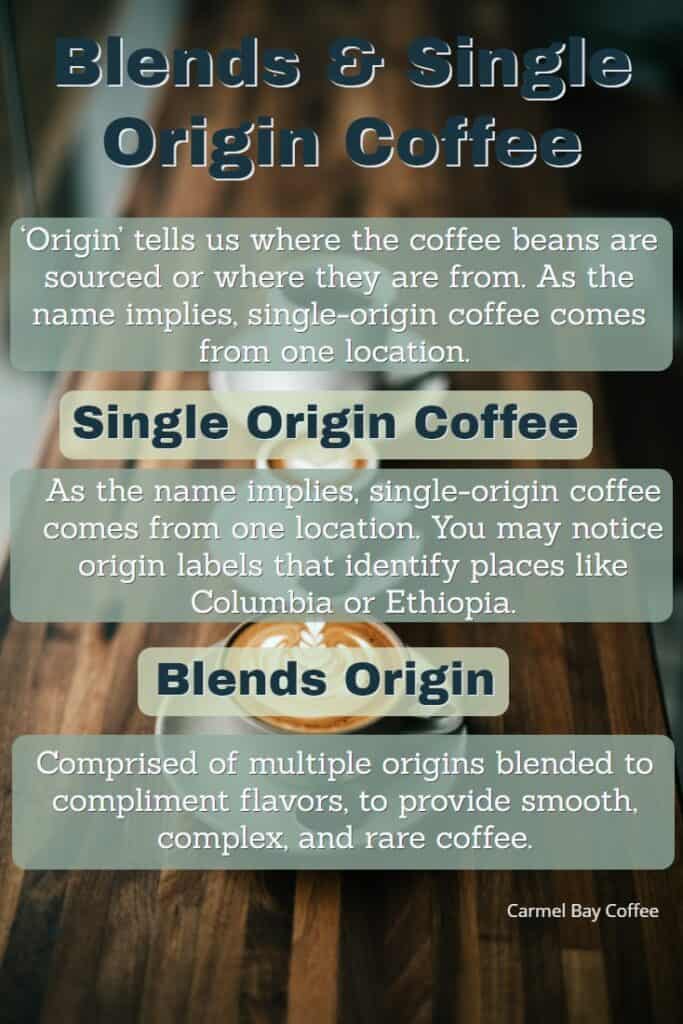
It’s pretty much exactly what it sounds like, a blend of different coffees.
It’s a mixture of two or more different coffees, or “origins.”
It allows producers to create a special mixture specific to their liking and maintain that flavor consistently year-round.
It allows the roaster to really let their creative side shine. After all, blending is an art, and this would be considered a blank canvas. Ingenuity plus coffee equals some pretty crazy results. Think of coffee as ingredients to a great dish. Some of the ingredients may not be pleasing individually but mixed create something impeccable.
The first coffee blend was created between the 15th and 17th century.
Mokha was an essential trading port in Yemen. It often shared trading routes with the island of Java; You get what I’m getting to? Eventually, a delicious mistake was made, and the two crops were cross-contaminated, creating the first blend.
Coffee from Mokha was thought to have a rambunctious flavor, while the mellow notes of Java coffee balanced it out. Since then, tens of thousands of different blends have been created and mastered.
A blend is typically comprised of up to five different coffee types, or single-origin coffee, using one selected coffee as the base (making up to 50% of the blend) with the rest carefully added in.
Single-origin means the coffee is solely produced by one farm or harvested from one specific plant. It’s purebred coffee from a single origin with nothing else blended in.
Technically a mix of two or more coffees is considered a blend, but usually, never more than five types are used. Too many varieties can stress the blend, compromising the entire batch.
A few farms have dabbled in single-origin blending, essentially blending the same type of coffee, but at different roast levels. This combines the entire spectrum into one delicious blend.
For tips and tricks for creating your own coffee blends, check out this article offered here at Caramel Bay Coffee. https://carmelbaycoffee.com/how-to-mix-different-types-of-beans-to-create-your-own-blend/
Why Blend Coffee?

Coffee blending puts roasters at the reigns of customization. It enables them to create a special mixture of coffee specifically tailored to their preferences. These are special recipes that a single-origin coffee can’t mimic.
It takes the best qualities from different coffees and combines them into one batch. But you can’t just go off all willy nilly combining every bean you can get your hands on. The mix needs to be compatible together and establish an even balance.
Before I researched blending, I didn’t realize how much science went into this. Seriously, this stuff is straight-up chemistry.
Each coffee is carefully profiled and appropriately paired with the other single origins based on their properties. It can be a meticulous process, but the results speak for themselves.
For example: maybe you don’t like Kenyan coffee, but you enjoy its fruity, acidic notes. Kenyan pairs perfectly with Columbian coffee, providing a full-bodied brew with a slight acidic kick. Pleasing flavors that are difficult to find in the wild.
Or you can create mixtures like the Black and Tan blend. This is a special one, instead of being blended by multiple coffees from multiple regions, but instead with the same type of coffee but at different roasts. It’s equal parts of dark and light roasted Columbian coffee.
Here is another one of our articles If you’d like to take a deep dive into all the differences between Medium vs Dark Roast Caffeine.
Black Coffee Roasting co (blackcoffeeroastingco) makes a great example of this coffee. They call it 2 Tone but it’s a blend of one crop, 1/2 roasted light, 1/2 roasted dark. Sweet, strawberry, walnuts, & raisin.
By blending, you can maintain your product’s consistency, despite the current season, in both flavors and yields. It keeps the quality consistent, for every single batch.
Blending the coffee beans improves the flavor because manually regulating the process allows for pin-point accuracy. The process also improves the yield because you don’t have to depend on the whole of a single plant. You pick and choose the healthiest components.
If you’re interested in flavoring your coffee, check out our article, This Is How Coffee Beans Are Flavored.
Does Blending Make Poor Quality Coffee?
There’s an opinion bobbing around that blended coffee is often poor quality. This is only half true. Poor quality doesn’t come from blending the coffee itself due to lazy or cheap roasters who settle for cheaper coffee or use their older expired stock when the market fluctuates.
When choosing poor quality coffee as the base of the blend, the batch’s integrity surely suffers. This is the problem with flavored coffee too. The flavor is hoped to mask the staleness of older beans.
It’s one reason why single-origin coffee has exploded in popularity recently.
More businesses have been switching to these roasters. When cafés purchase from a single-origin roaster, they are open to a wide variety of currently in-season coffee.
In the appropriate season, these single brews are a hefty force to be reckoned with. Since these roasters don’t dabble with blends, they focus 100 percent of their efforts on perfecting a single crop.
Different Types of Coffee Beans
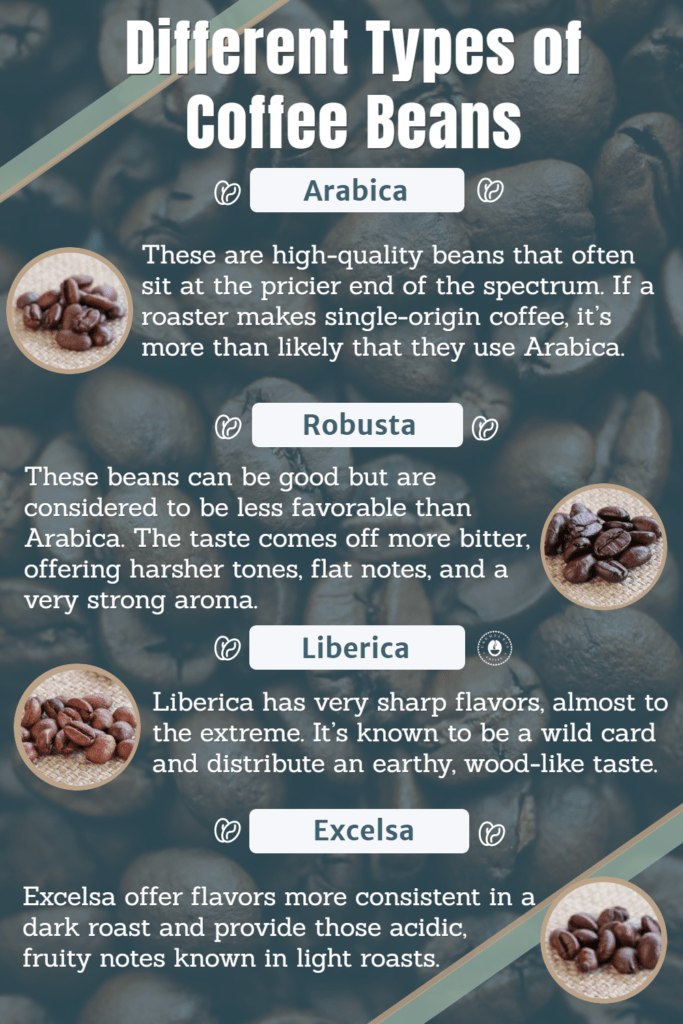
Coffee beans are actually seeds. They grow as pits inside the berries (referred to as cherries) of the Coffea tree.
Unlike me, these trees thrive in humid climates. India, Peru, and Brazil are among the world’s leading coffee producers.
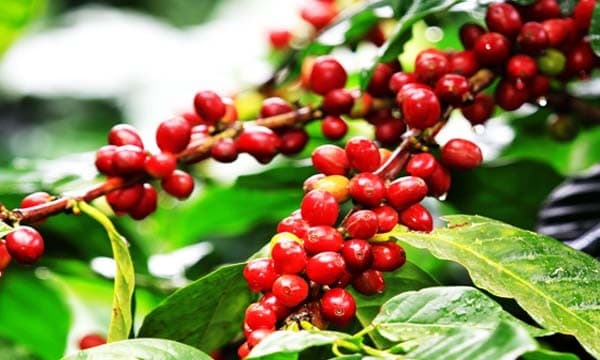
There are four types of coffee beans used commercially:
Arabica, Robusta, Liberica, and Excelsa coffee beans.
Arabica Coffee Beans

Arabica beans are the crown jewel in this lineup. Originally from Ethiopia, the very birthplace of coffee itself, they are rumored to be the first beans ever grown.
These are high-quality beans that often sit at the pricier end of the spectrum. If a roaster makes single-origin coffee, it’s more than likely that they use Arabica.
They give off a gentle taste with sweet fruity tones. Despite their naturally high acidic concentrations, they’re renowned for their lack of bitterness. That’s what gives it a soft flavor.
Their notoriety speaks for itself, fueling over 60% of the world’s coffee trade.
But if you want quality, you’re going to have to work for it. The Arabica tree is difficult to grow and harder to cultivate. It’s the main reason behind the higher price tag.
These are sensitive little trees. Besides requiring extra water, these picky plants need shade periodically throughout the day due to their sensitivity to the sun. They are prone to disease, mold and only grow on high altitudes. Given the altitude, it’s usually a mountainous region difficult for farm equipment to access. Which means they get picked by hand.
I will gladly pay a few extra bucks to avoid all that.
Robusta Coffee Beans
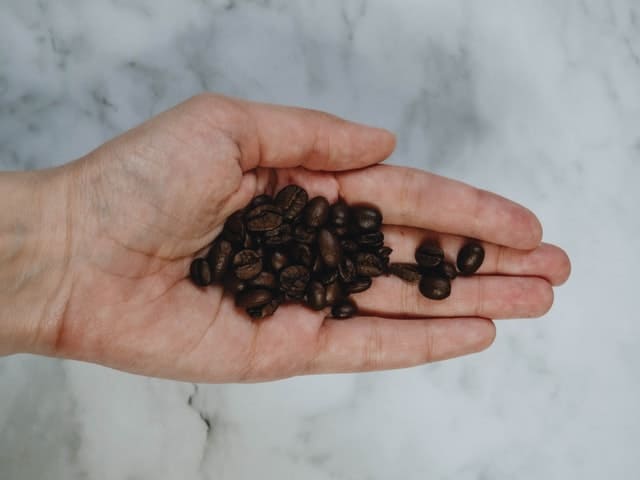
Robusta beans are the second most distributed coffee beans, with over 73 million bags being sold last year alone. They hail from sub-Saharan Africa but are now grown in Indonesia as well.
These beans can be good but are considered to be less favorable than Arabica. The taste comes off more bitter, offering harsher tones, flat notes, and a very strong aroma. The beans themselves are larger in shape and very rounded.
Given their lower quality, Robusta beans are typically used for blends and specialty flavored coffees. It’s also what’s used to make instant coffee.
But Robusta still has redeeming qualities.
It’s resilience, for example. The Robusta plant is a straight powerhouse. It’s virtually immune to disease, grows at much lower altitudes, and produces significantly larger yields. They also bloom faster than the Arabica plant, which can take years to mature fully.
Also, they come packed with more caffeine than any other bean. That’s almost enough to sell right there.
Liberica Coffee Beans
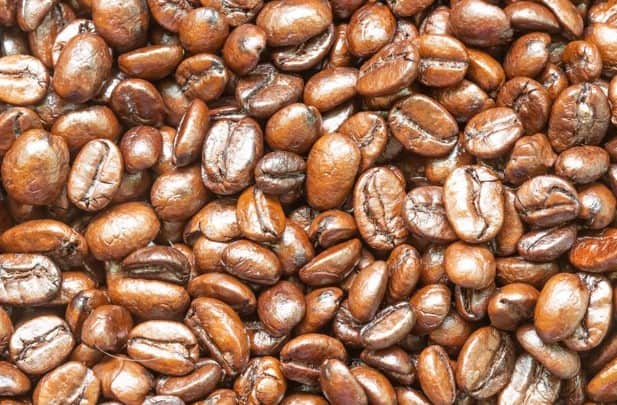
Liberica beans aren’t as popular in the western world. In fact, before the 1800’s it didn’t exist here at all.
Originally from central and western Africa, specifically Liberia, these beans are now mainly harvested in Indonesia. They became popular after a fungal infection wiped out a whole crop of arabica plants while the Liberica survived.
It now makes up 95% of Malaysia’s coffee production.
Liberica has very sharp flavors, almost to the extreme. It’s known to be a wild card and distribute an earthy, wood-like taste.
I read a review online of someone comparing it to “hot garbage.” I wouldn’t go that far, but it is an acquired taste.
Excelsa Coffee Beans
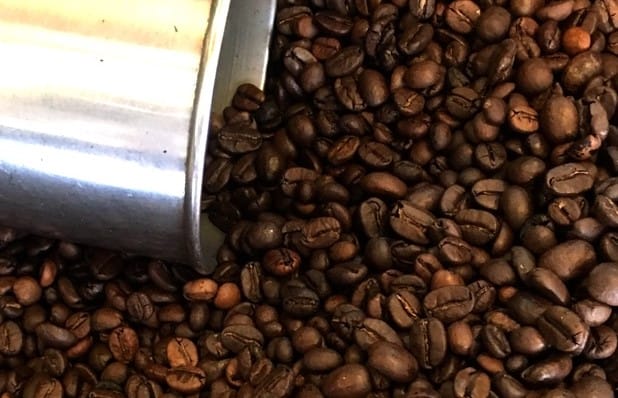
Lastly, we have Excelsa beans. Native to southeast Asia, these beans distribute unique properties. They offer flavors more consistent in a dark roast and provide those acidic, fruity notes known in light roasts.
These beans can be difficult to find, at least stateside, but can be done with a bit of digging. Perfect for impressing hipsters.
Different Coffee Roasting Profiles
This is everything that happens to the bean, from when it’s raw through to the finished product. Each roasting profile affects the bean differently.
light Roast: is more acidic. Due to its minimal exposure to the roaster, its acidic properties don’t have a chance to tame. This makes it a little on the bitter side. But this all means most of its original flavors are retained.
It’s light brown with a dry, oil-less texture. They reach their “first crack” (Which happens when the bean expands from the heat) at around 350 degrees(F) and is not often roasted beyond that.
In our article, Why Are Coffee Beans Oily. We go over first and second crack.
Medium Roasts: are a little more balanced out. They are similar to light roasts because of their dry texture but offer flavors with a fuller, more complete foundation.
They’re medium brown and offer a thicker aroma achieving the first crack around 410 degrees(F). Only light roasts are stopped after the first crack. All other roasts go through second-stage cracks. Medium achieves a second crack around 428 degrees(F).
Medium-Dark Roasts: are a personal favorite of mine. In my opinion, they offer the perfect balance of faintly acidic notes but with a completely rich and full-body foundation.
The second crack is anywhere between 437-450 degrees (F).
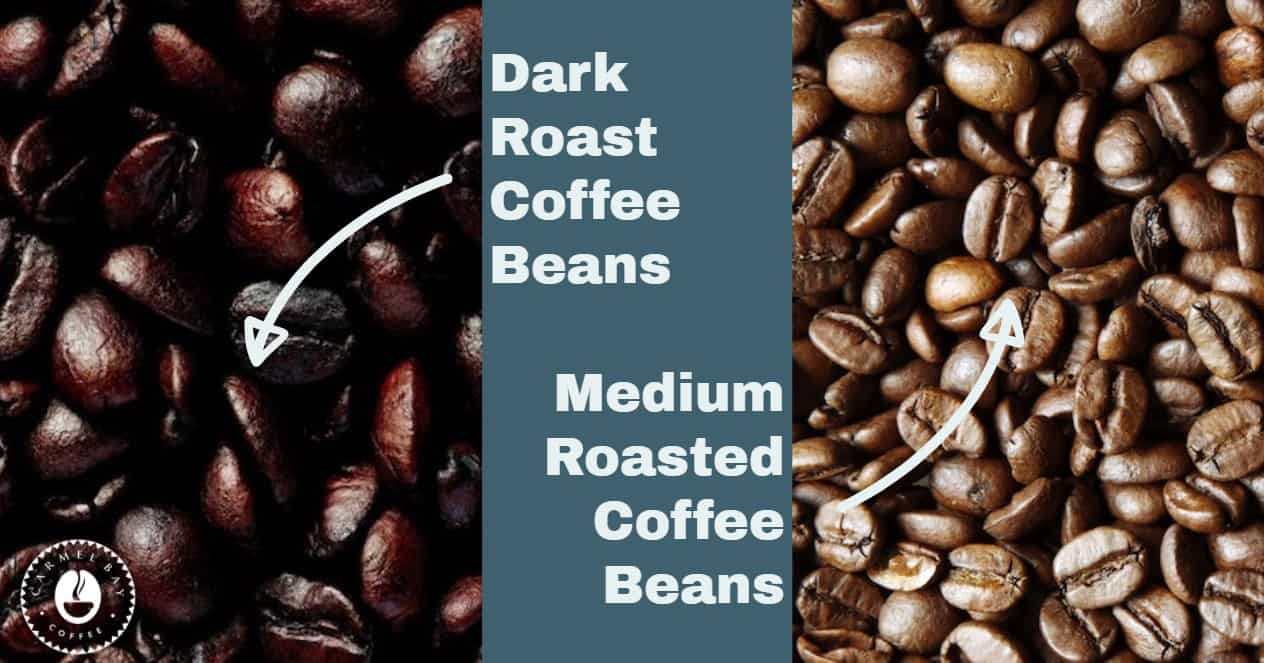
Dark Roasts: get pretty intense. The increased duration inside the roaster essentially evaporates a considerable amount of the coffee’s original origin flavors. This gives dark roasts a bitter bite despite their decreased acidity.
It has a very prominent personality but seems to display the most health benefits. The longer coffee is roasted, the more lactone (a chlorogenic acid found in coffee) is broken down, creating chemicals called Phenylindoles. They help breakdown the unhealthy buildups of proteins that wear and tear on the central nervous system.
They are very dark in color, sometimes black, with a smooth oily texture. They experience a first crack when the internal temperatures sneak into the 470–480-degree(F) range. Some dark roasts will achieve a third or even fourth crack.
The roasting process itself is a delicate process that takes years of trial and error to perfect. It starts with selecting a temperature. You preheat roasters the same as any other oven. The roasting time is precise, with little room for error, so you want that oven ready.
The term turning point refers to the temperature of the oven when the beans are tossed in. This part might be manually adjusted. Too much heat at once might scorch the shells.
After the heat is back up, you wait for the first crack, which we’ve already discussed. Light roasts only go through 1 cracking stage, while medium and dark go through multiple.
You want the final temperature to be perfect. It’s what defines which properties the bean will distribute when brewed.
Coffee Varietals Explained
As we discussed, the two main types of coffee plants are Arabica and Robusta.
Varietals (also known as cultivar) are mutations that stem from these two species. This happens naturally and artificially. This occurs by manual tampering or cross-pollination in the wild.
Ethiopian Heirloom is a perfect example. In Ethiopia, there are over 9 thousand different varietals of coffee, according to The Roasters Pack (theroasterspack).
Cross-contamination is inevitable with an abundance of coffee that massive. It’s impossible to differentiate on the molecular level. So the term “Ethiopian Heirloom” is used to represent this long roster of varietals.
From the Arabica plant, Typica and Bourbon (worldcoffeeresearch) are renowned as the very first varietals.
The majority of coffee varietals are mutated from Typica. Although it often produces low yields, it creates quality nothing short of top-notch.
Both Typica and Bourbon hold a cultural significance. It was rumored these two were the original seeds for coffee in an expanded world. But World Coffee Research has confirmed that both Typica and Bourbon were the original seeds brought from southeastern Ethiopia to Yemen.
Coffee Roasting Freshness

In the last part of this guide, let’s go over coffee freshness. I’ve always heard conflicting answers to how long coffee stays fresh and when is the best time to make coffee after it’s been roasted.
The truth is, the best time to is between day seven and fourteen for “Peak freshness.” This is going to be the typical time cafes are making and serving your coffee after roasting. If you get into roasting coffee and making your own blends from scratch, this will be the ideal time.
The seven to fourteen days aren’t hard numbers. Your coffee beans will still be good at the four-week mark, but some flavors might have diminished.
Also, make sure to check out our article, Can Coffee Go Bad? I go over how long coffee lasts in all its forms, whole bean, brewed, ground beans, and instant coffee.

